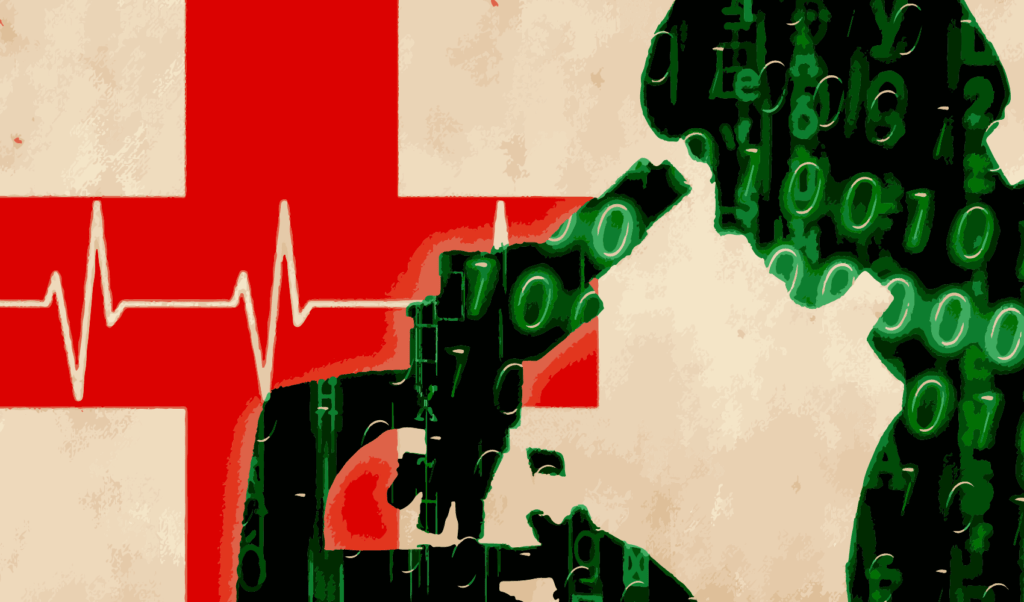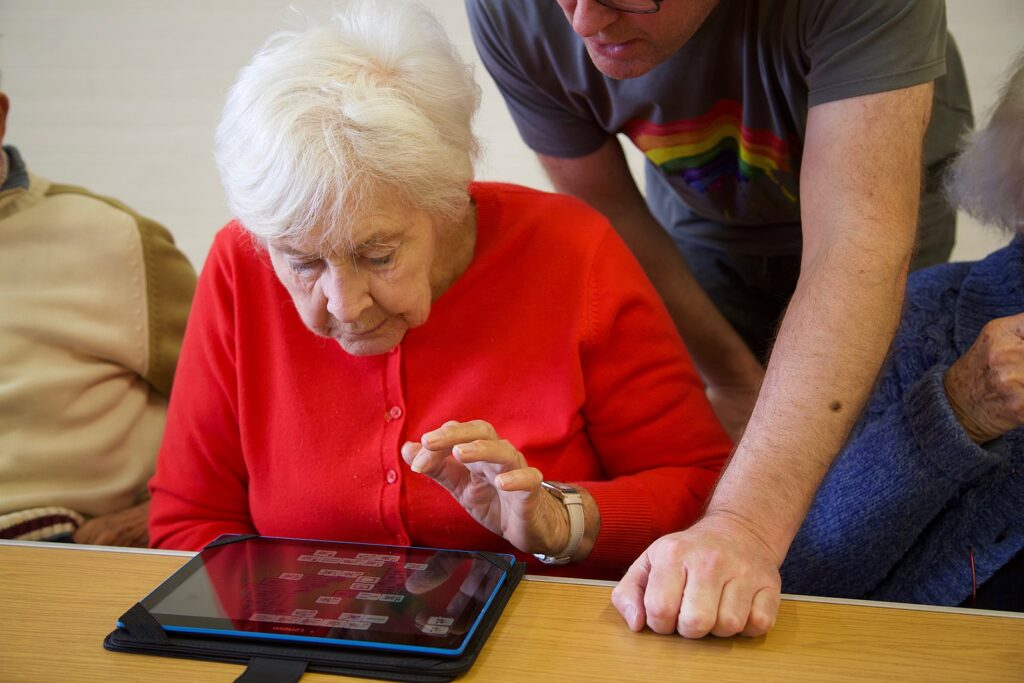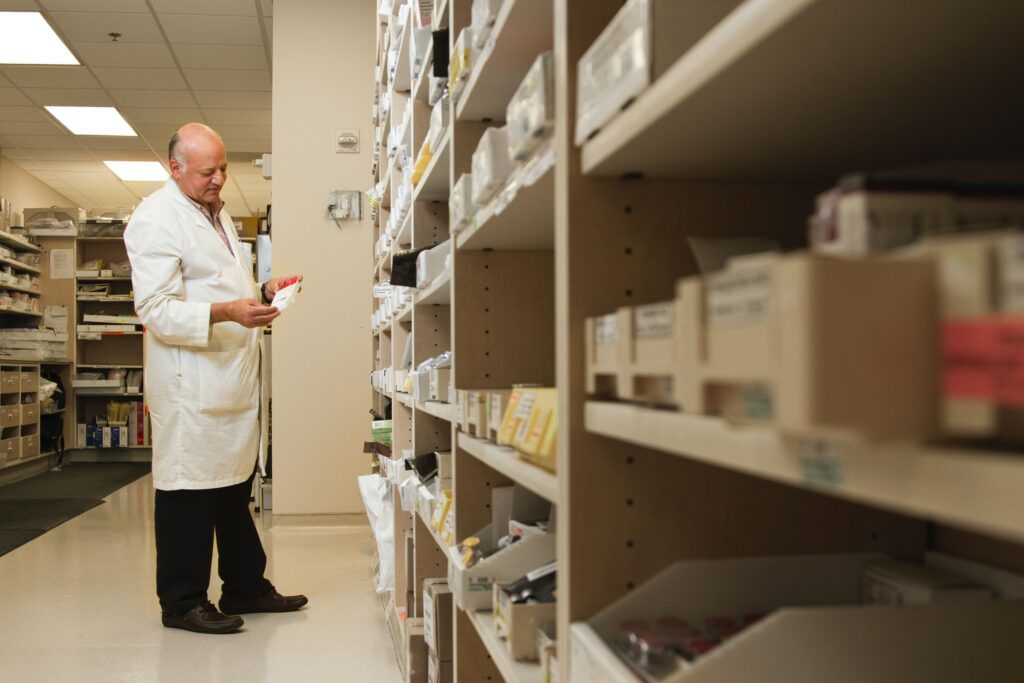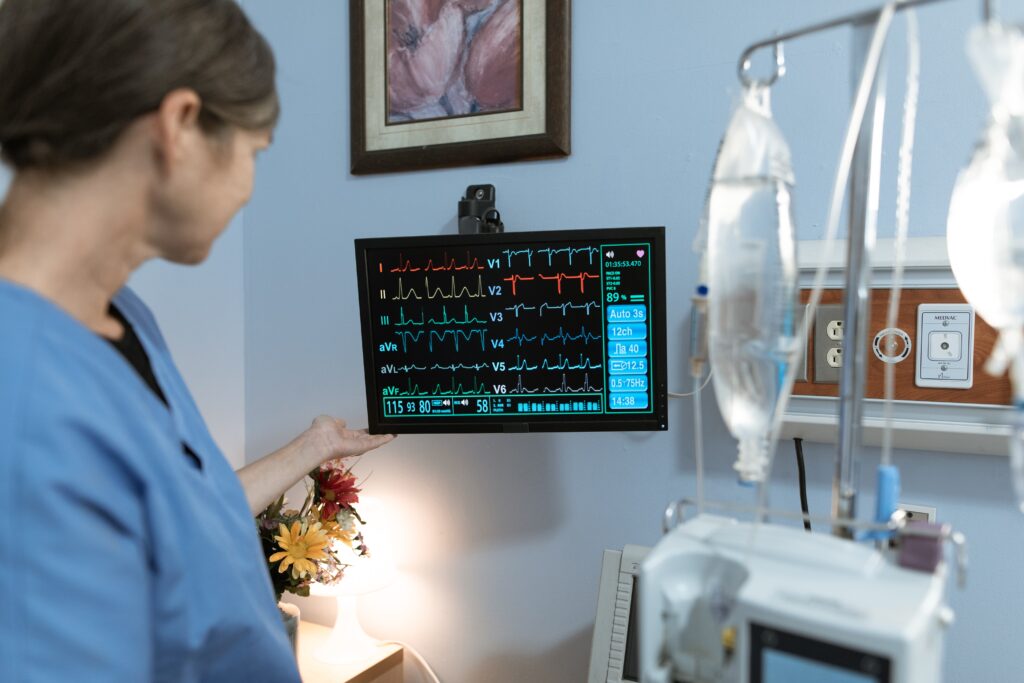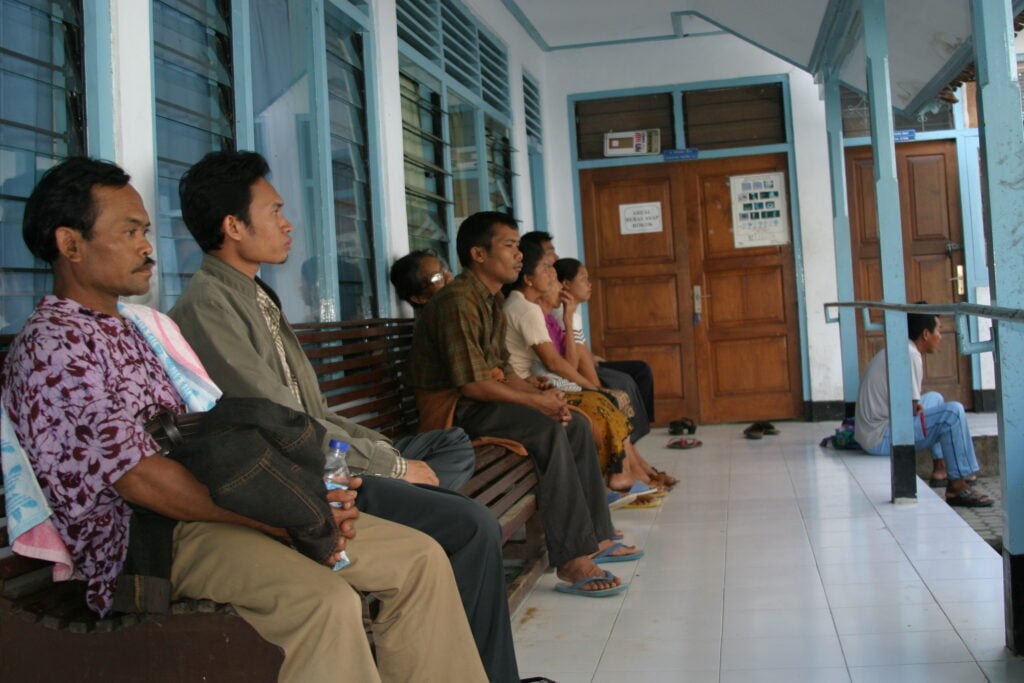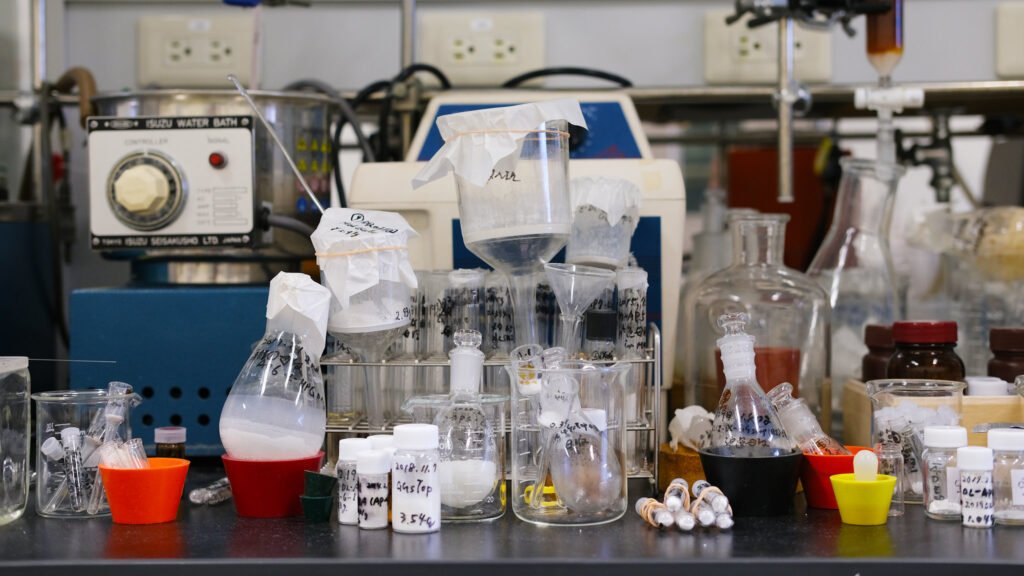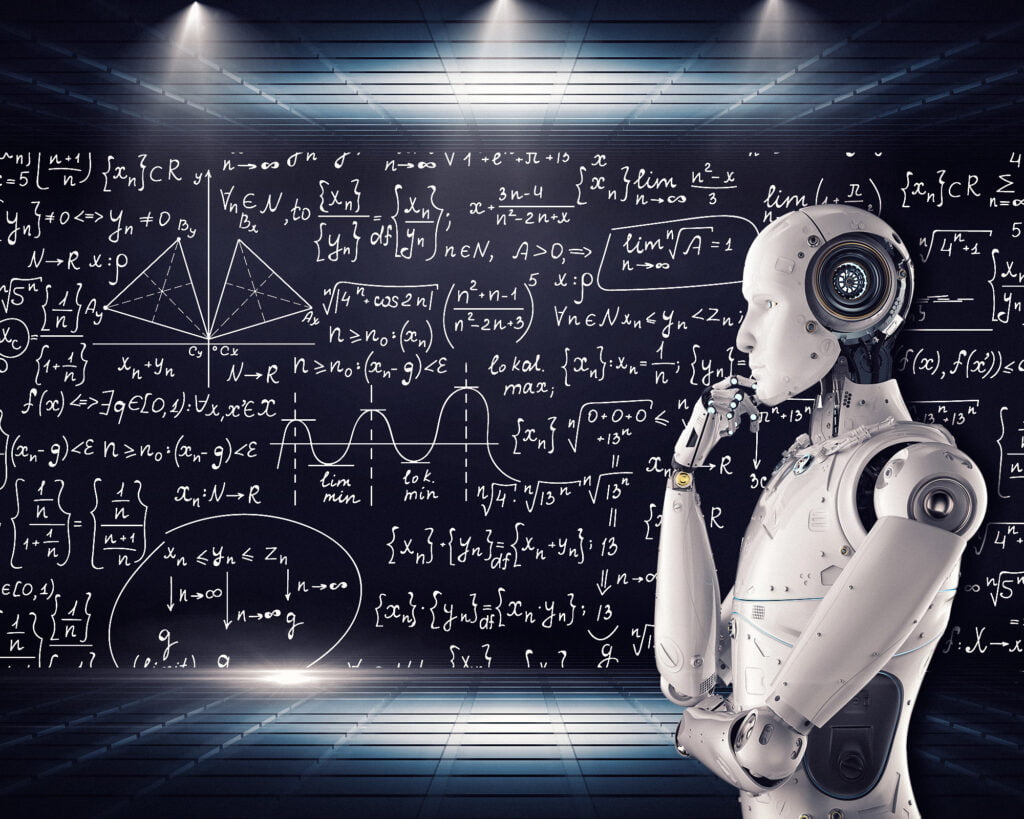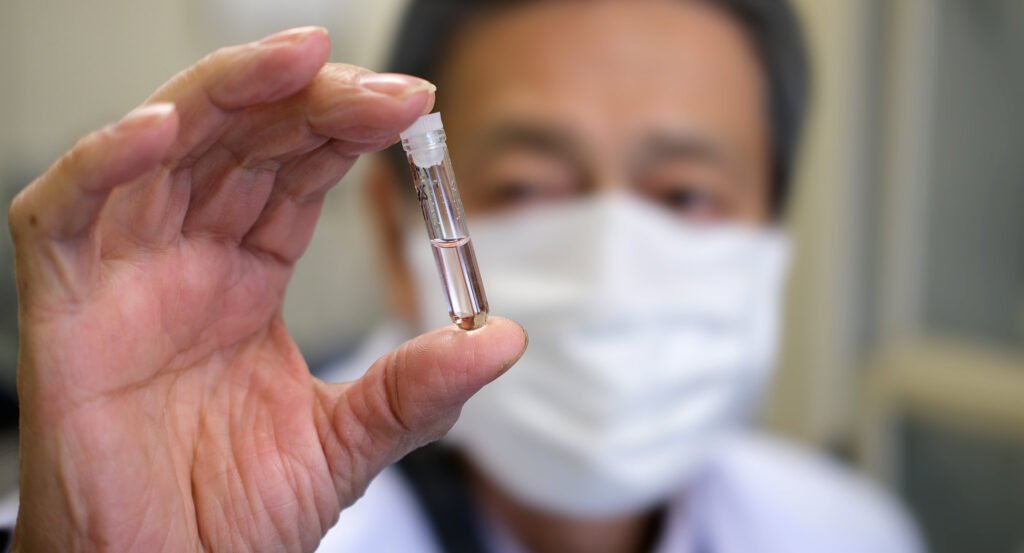Everyone sleeps, but we have few tools for measuring the sleep the world is getting at scale. AI and sleep could help us study global shocks in near-real time.
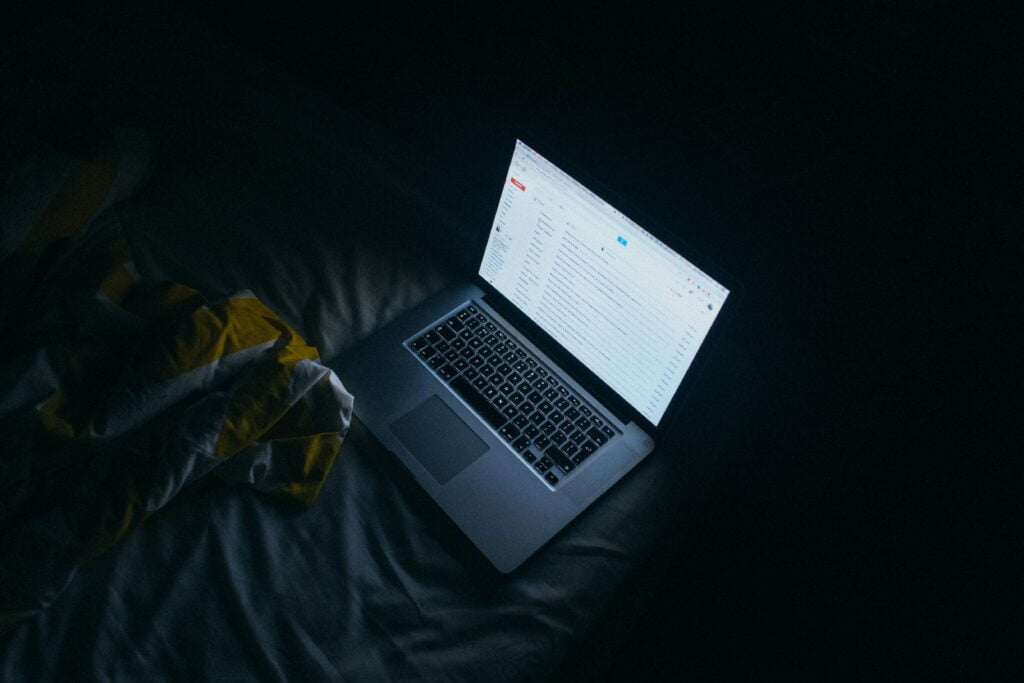 A laptop casts a glow on bedsheets at night. https://unsplash.com/photos/loAgTdeDcIU : Jay Wennington/Unsplash CC BY 4.0
A laptop casts a glow on bedsheets at night. https://unsplash.com/photos/loAgTdeDcIU : Jay Wennington/Unsplash CC BY 4.0
Everyone sleeps, but we have few tools for measuring the sleep the world is getting at scale. AI and sleep could help us study global shocks in near-real time.
It’s not unusual to hear people complaining about tiredness multiple times a day, but why? Sleep is fundamental to human health, but because it’s so private, there are few tools for measuring how much sleep everyone is getting at scale. Existing methods use time diaries, sleep surveys, sleep laboratories or, more recently, wearable technology to measure sleep. But none of these approaches is ready to tackle a global sleep-loss pandemic.
A Monash University study asked a different question: could the massive data we all generate when connecting to and disconnecting from the internet help researchers understand sleep?
As internet addresses go online and offline through the day, they track the daily human behavioural cycle: a trough in the early hours, followed by rising activity through the day to a peak in the evening, and then a sharp drop-off overnight.
And yet, no two cycles are the same: day of the week matters (heading downtown Friday night depresses internet activity), stay-at-home orders certainly matter (we go online earlier and longer), and even dips in activity during prayer times during Ramadan are visible in traditionally Muslim regions.
The American Time Use Survey (ATUS) asks Americans about their previous day’s activities, including when they woke up and when they went to sleep. The Monash study used survey data for 81 US cities over a six-year period to calculate when residents slept and woke up each year, then used internet activity-data to make the same calculation.
The researchers then trained a machine-learning algorithm to track how changes in internet use over a day relate to the average waking and sleeping times in each city.
When asked to predict the expected average sleep duration for a city the algorithm had never seen before, it was accurate to within 20 minutes. When estimating the average morning wake-up time, it was accurate to within nine minutes.
The researchers repeated this result when using daily electricity-demand data instead of internet data to predict sleep. But there’s something fundamentally different about internet-activity measurements compared to electricity-demand data: global availability. The US has a highly functioning electricity bureaucracy, but not all countries do. Internet-activity measurement, on the other hand, can be remotely and consistently measured for any internet-connected device on the planet.
This suggests the amount of sleep we are collectively getting can be estimated for any (internet-connected) city on the planet in near real time.
This kind of research has a huge range of applications, including impact mapping during natural disasters, documenting internet shutdowns associated with human-rights violations, and even providing internet-availability assessments during the Russo-Ukrainian war.
Whether this approach can be applied globally remains to be seen. The technology and sleep habits of Americans may be unique. If so, an Artificial Intelligence (AI) model that learns the internet–sleep association in the US will fall down outside its borders. Another potential pitfall is internet patterns are likely affected by the technology mix at play – the internet signature of a ‘mobile-first’ continent such as Africa could be vastly different to that of North America, which relies heavily on fixed broadband internet.
Like so many challenges in the application of AI to health sciences, the answer to both hurdles lies with widening the training pool for the model. The more measurements researchers have from traditional sleep studies, in more countries, cultures and technology contexts, the more confidence they can have in any model prediction.
Should a global sleep observatory (from internet measurements) arise, population health and sleep scientists will perhaps gain the most.
If major shifts in internet use reveal similar changes in sleep patterns, researchers may flock to the field and use more precise tools to investigate further. Likewise, significant global shocks such as pandemics and recessions can be studied in near real time for their impact on our sleep, prompting the right public health messaging around mental health and sleep, better technology and app design, and timely education around the importance of sleep in times of stress.
Simon Angus is an Associate Professor in the Department of Economics, Monash University, a co-founder of SoDa Laboratories, Monash Business School, and co-founder and the Director of the Monash IP Observatory, Monash University, and co-founder and director of KASPR Datahaus Pty Ltd.
Dr Angus receives funding from the Paul Ramsay Foundation, the Judith Neilson Institute, and the Defence, Science & Technology Group (Australian Government Department of Defence).
Originally published under Creative Commons by 360info™.


